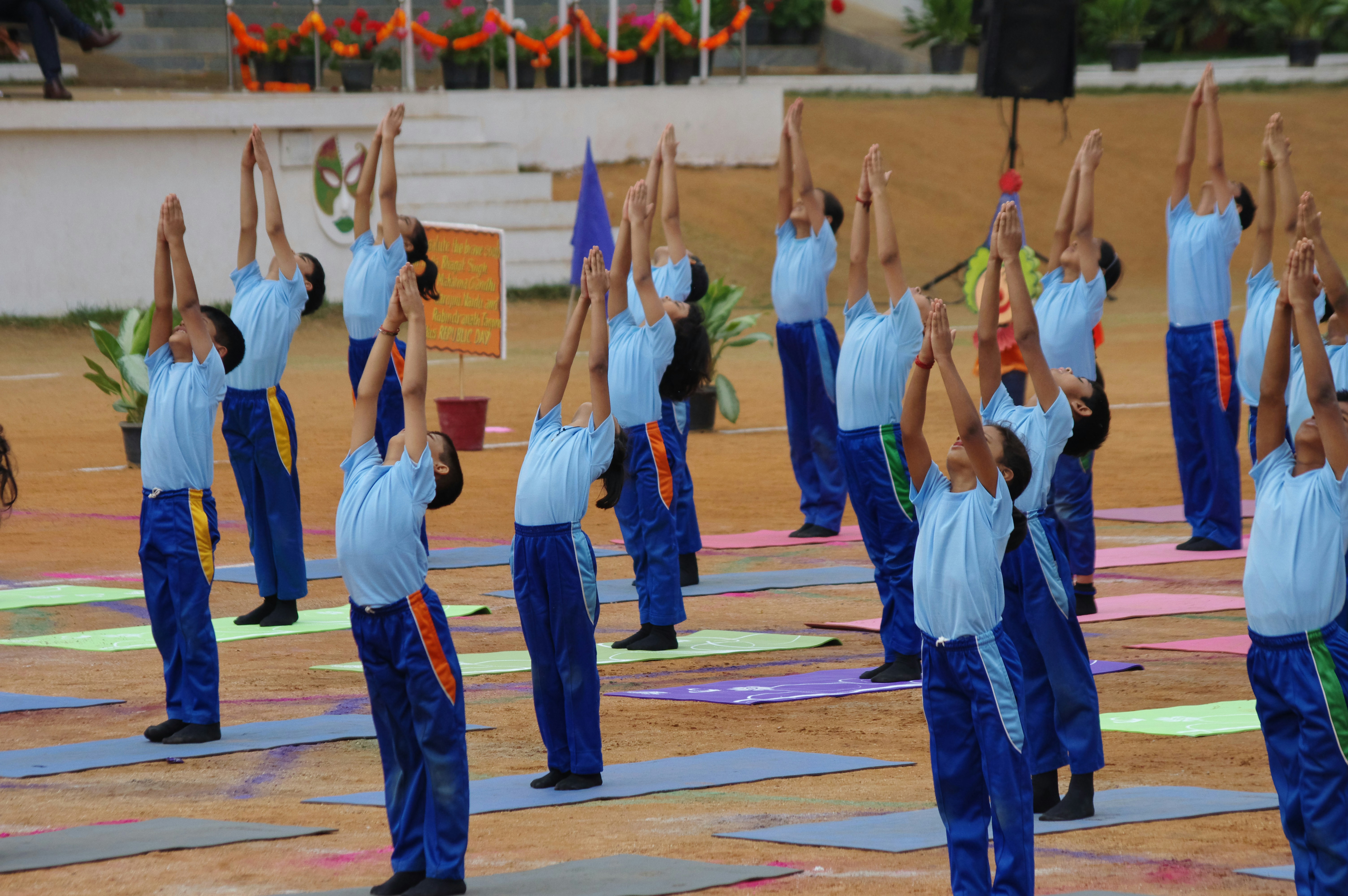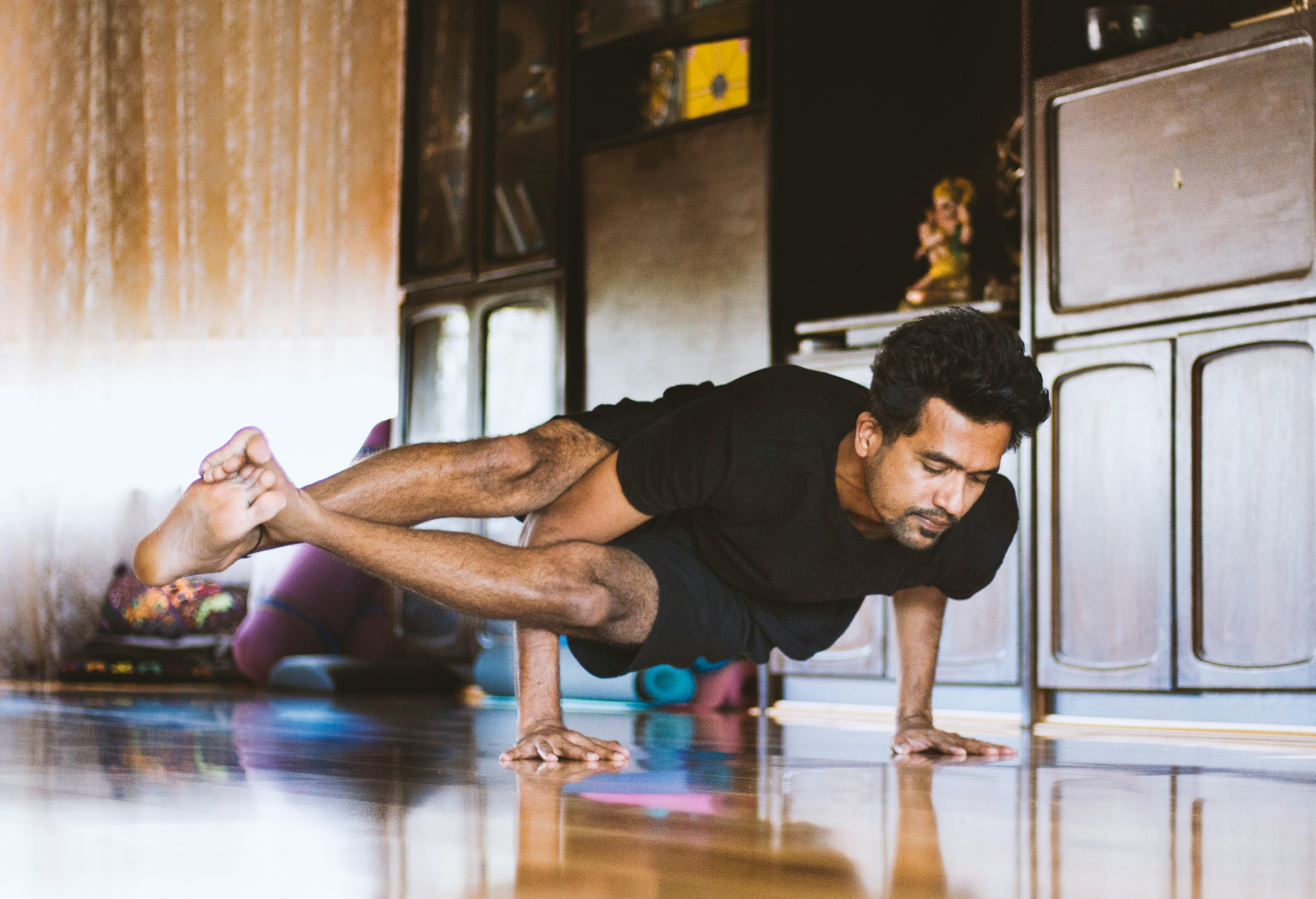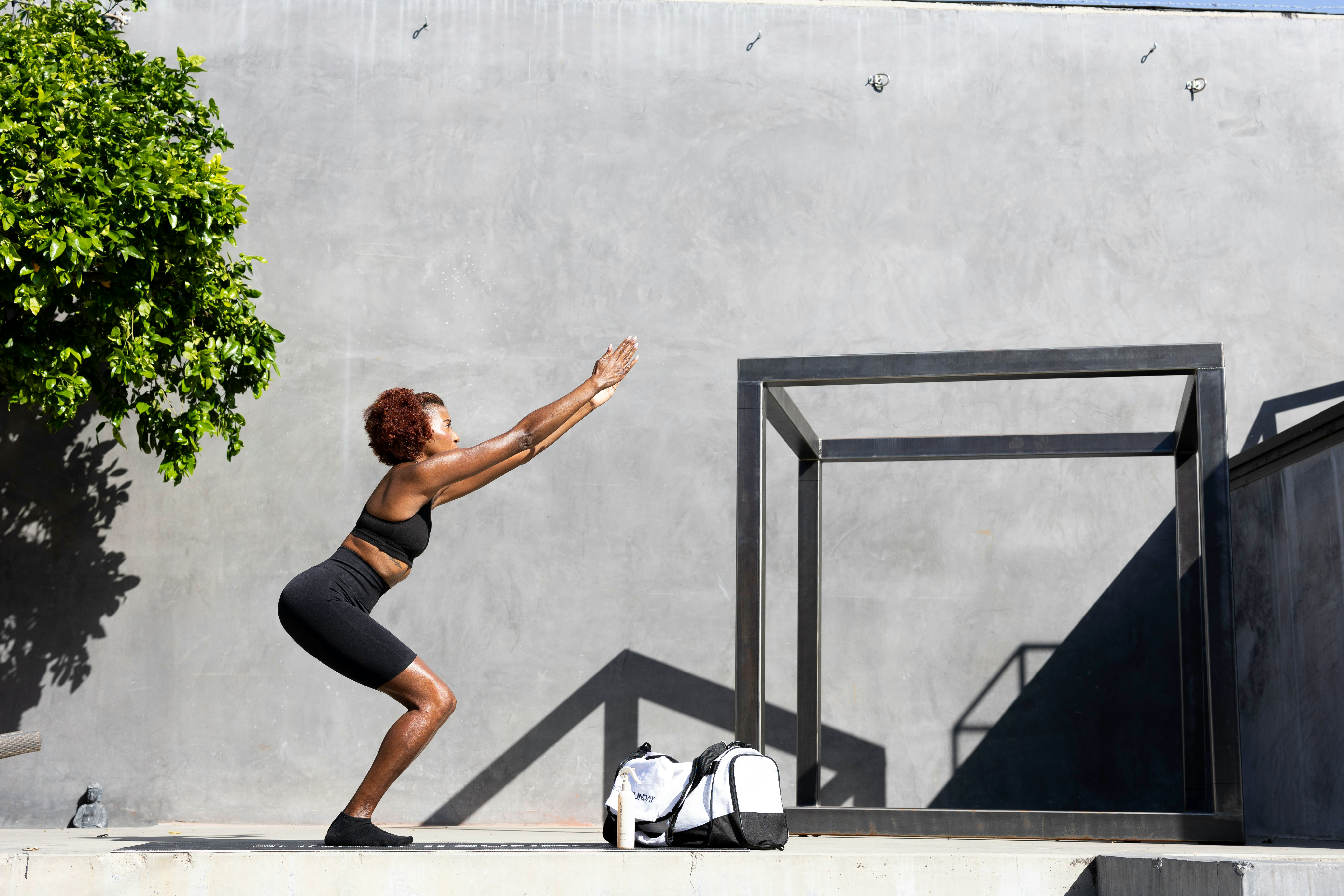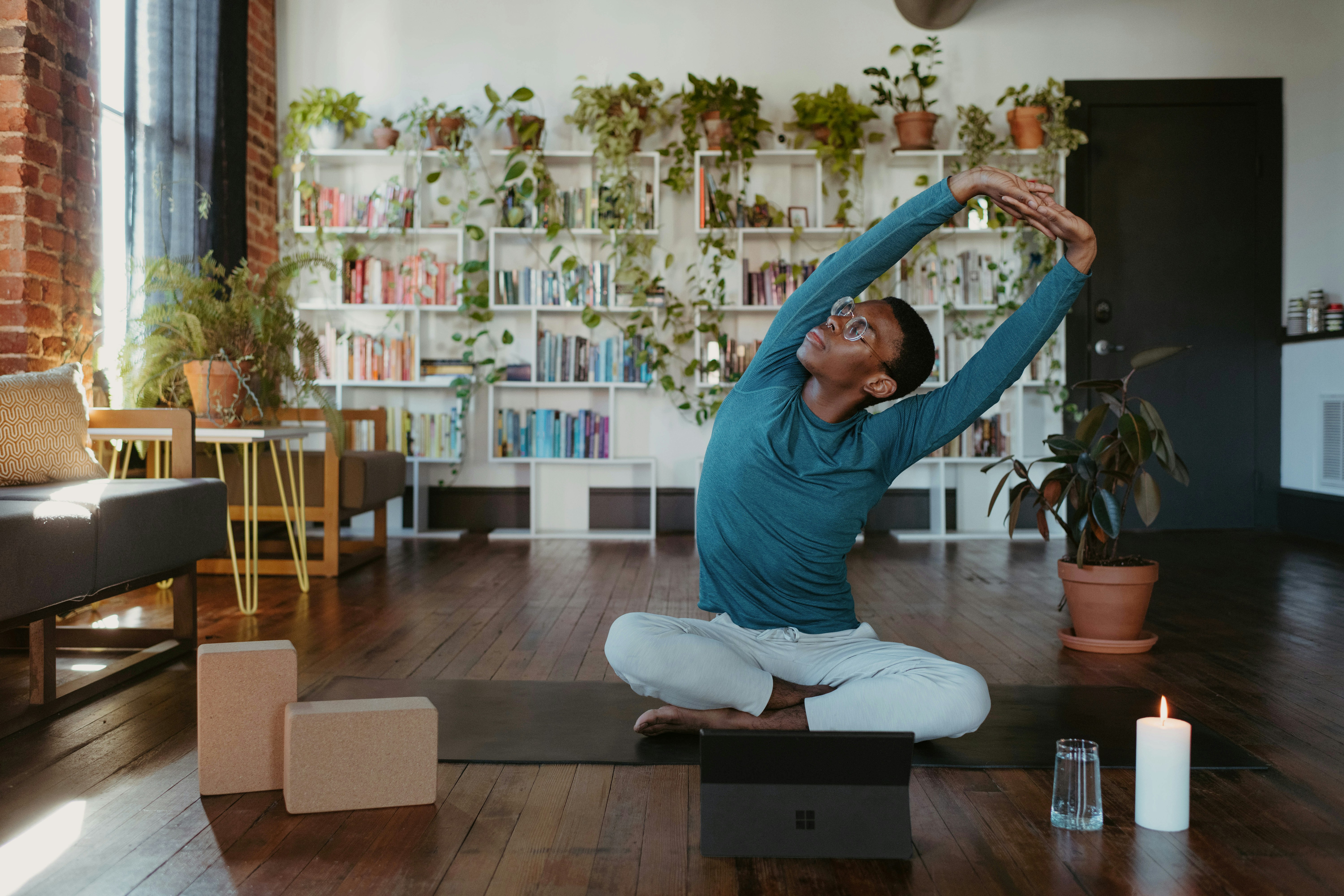Yoga often gets pigeonholed as a mellow, almost indulgent form of exercise, brushed off by many athletes as too “soft” to be of any real benefit to their rigorous training regimes (I guess they have never heard of ashtanga vinyasa, have they?).
This misconception leads them to sideline yoga, favoring more conventional, high-intensity workouts. Yet, peek behind the scenes of professional sports—from basketball courts of NBA players to the gridirons of the NFL—and you'll find top athletes quietly working on their downward dog.
So, why this apparent contradiction? Given the desire for high performance and competitiveness, is it beneficial for athletes to devote time to yoga?
Absolutely! And here’s why.
Because Yoga Can Make You a Better Athlete
Top athletes like LeBron James usually dominate headlines for their on-court prowess, but if you ask them what their day looks like off-court and what gives them an edge, you’ll be surprised how many times yoga comes up.
Not only are top athletes turning to yoga for the physical benefits, but also because of yoga’s holistic approach to training. Yoga’s secret lies in its ability to sync the mind and body like no other exercise.
Oftentimes, traditional training is focused solely on physical strength and endurance, while yoga also highlights the importance of mental health and clarity, personal growth, meditation, self-awareness, breath control, and more.
Because of this approach, practicing yoga may help you build alternative skills that will in turn help you be a better athlete. But don't just take our word for it, there’s even research on this topic. Studies investigating yoga’s effect on athletic performance have found a positive correlation in many different performance markers, such as agility, increased explosive power, and improved precision in movements.

Because Yoga Aids in Muscle Recovery
If you’ve recently been injured then your doctor’s advice is probably very specific to your condition and may include proper nutrition, adequate hydration, enough sleep, stress management techniques, light exercise with gentle movements, and stretching.
Aside from eating well and drinking a lot of water, yoga is how you hit all other marks.
First, yoga can help with sleep quality, reduce sleep onset latency, and instances of sleep disturbances. When you sleep better, your body recovers faster, especially after exercise-induced injury. Several studies have shown the positive effect of sleep on sports performance and pain sensitivity, accelerating recovery from muscle injuries.
Second, yoga may slowly bring you back into the game with gentle movements and light stretches that you can gradually increase the intensity of, as you feel ready. For instance, yin yoga, which works with the connective tissues, can be beneficial as it provides a deeper release of tension in the muscles. Just keep in mind that for some people, this type of practice can be intense.
Finally, yoga may help you manage the stress and anxiety caused by an injury, which is a reason on its own to start practicing yoga as an athlete.
Because Yoga May Lower the Risk of Injury
It’s a good thing that yoga helps with muscle recovery after injuries, but it’s probably more important because it can actually help you reduce the risk of injuries. As it stands, athletes are notorious for pushing their limits, which is amazing when done safely, but can be dangerous if one goes too far.
There are several ways in which yoga may help reduce the risk of sports-related injuries. Scientifically speaking, yoga enhances flexibility, strengthens underutilized muscles, and promotes joint health by increasing the range of motion. All these changes make your body more resilient to the rigors of competitive sports.
Moreover, by improving proprioception (the body's ability to sense movement, action, and location), yoga will help you fine-tune your movements, reducing the likelihood of overuse injuries and strains. This ability also makes you more self-aware, so you can be better at recognizing the thin line between pushing hard and overtraining.

Because Yoga Improves Focus and Concentration
Being physically prepared is one piece of the puzzle. But to be a top athlete, you also need mental agility, incredible dedication, and laser-sharp focus.
After all, in the fiercely competitive world of sports, where split-second decisions can define the outcome of a game, mental acuity is as crucial as physical agility. It’s simple: you probably won’t win if your head is not in the game.
Here again, yoga, with its focus on mindfulness and concentration, becomes a very useful tool for improving focus and concentration. Scientific research echoes this, as many studies have found that regular yoga practice can develop the ability to focus and improve many other brain functions, such as attention, memory, and even emotional regulation.
It’s clear: yoga helps you be in the moment. As an athlete, this usually translates to maintaining composure, reducing performance anxiety, and approaching your sport with a clear, focused mindset.
Because Yoga Reduces Stress and Relieves Tension
Now, imagine ending an intense training session with a routine that not only cools down the body but also calms the mind. That’s exactly what yoga can do.
Yoga’s slow movements synced with deep breathing release tension and remove stress from your body. In fact, it’s the perfect blend of asanas, breathing techniques (pranayama), and meditation that activate the body's natural relaxation response.
As you immerse yourself in the practice, yoga will gently stretch and release built-up tension from your sore muscles and reduce your discomfort. This is especially beneficial for people experiencing DOMS (delayed onset muscle soreness). DOMS is a type of soreness that generally occurs within 12-48 hours after exercise. Gentle yoga classes can provide relief.
But, a lot more will be going on under the surface. Yoga often incorporates visualization techniques, which can be particularly beneficial for athletes experiencing a lot of stress or suffering from performance anxiety. Therefore, by visualizing successful outcomes in their sport, athletes can deflate those feelings of anxiety and mentally prepare for competition.
Breathing techniques are also key here as they stimulate the parasympathetic system, which relaxes the body and calms the mind—particularly beneficial for athletes in high-pressure environments.

Because You Don’t Need a Reason to Do Something That Feels Amazing
Saving the best (in my humble opinion) for last—you don’t need a reason to practice yoga. Just like all other mortals, as an athlete, you can practice yoga just because you like it. It’s yet another way to stay active, engage with a wonderful community of people who invest in their health, and maybe master some fun poses (asanas).
Doing something that doesn’t feel like just another chore due to performance or health reasons allows us to tap into the joy of doing things just because.
The practice may offer you a break from the competitive or repetitive nature of sports, while still enjoying the fact that you’re doing a physical activity. Plus, I bet trying to bend into a pretzel with some of the more challenging asanas will be a playful experience, while the meditative techniques will take you on a journey to self-discovery.
And, as you incorporate yoga more and more into your daily life, the practice may become your personal retreat, a space where you can celebrate your body's abilities and give yourself a chance to breathe, free from external expectations or judgments.
This intrinsic motivation—doing yoga simply because it feels right—embodies the essence of yoga. It’s not how well you do the poses or how zen you become, but rather about how much you nourish your relationship with yourself and your own body (especially after you put it through all that rigorous training).

How to Incorporate Yoga Into Your Training Regimen
Incorporating yoga into your training regimen doesn't have to mean a complete overhaul of your routine. Think of it as adding a layer of finesse to your already established practices—a way to improve flexibility, boost mental focus, and promote recovery.
Therefore, always start small; perhaps integrate a short yoga session on your rest days or as a warm-up or cool-down addition to your regular workouts. The key is consistency rather than intensity—but, hey, you probably know this better than I do, right?
Remember, yoga is not one-size-fits-all. Experiment with different styles to find what best complements your needs and preferences as an athlete. This variety of styles is one of the key things that make yoga such a good choice for athletes. By inviting you to understand what works for you, yoga teaches awareness and mindfulness, which can help you tune into your body's signals, potentially preventing overtraining and injury.
If you’re curious about specific routines that you can try, continue reading my other article, "Yoga For Athletes: Recovery And Performance–Boosting Sequences," where I discuss when and how often to practice, as well as what sequences would best suit you.



Comments
Existing Comments